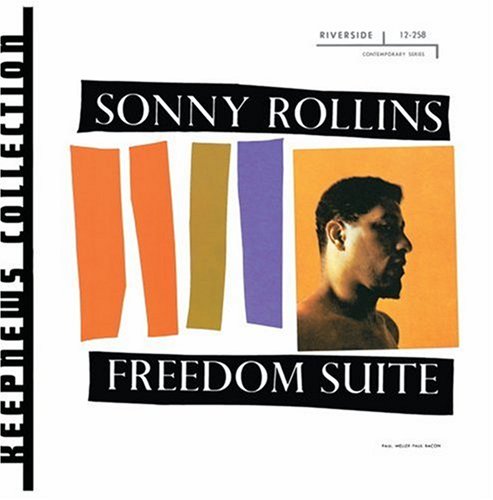 Sit-ins, marches, boy-cotts, and the general African American fight for equality in the country that they called home defined 1960s America. The battle was evident throughout. From literature to visual art to music, black used every form of communication available to them to express their craving for racial dignity. America, built on the backs of slaves, had denounced her darker brother for centuries. In the words of Sonny Rollins “America is deeply rooted in Negro culture: its colloquialisms; its humor; its music. How ironic that the Negro, who more than any other people can claim America’s culture as his own, is being persecuted and repressed.’’
Sit-ins, marches, boy-cotts, and the general African American fight for equality in the country that they called home defined 1960s America. The battle was evident throughout. From literature to visual art to music, black used every form of communication available to them to express their craving for racial dignity. America, built on the backs of slaves, had denounced her darker brother for centuries. In the words of Sonny Rollins “America is deeply rooted in Negro culture: its colloquialisms; its humor; its music. How ironic that the Negro, who more than any other people can claim America’s culture as his own, is being persecuted and repressed.’’
As the American Negro population began to realize its invaluable contribution to the United States as it stood, the fight for equality began. Even acclaimed black young men and women suffered the degradation of racism. Sonny Rollins, one of the best tenor saxophonists known to the jazz world, was still unable to buy the apartment he desired in New York City due to the color of his skin. To this he commented: “Here I had all these reviews, newspaper articles and pictures. At the time it struck me, what did it all mean if you were still a nigger, so to speak?” In response, Rollins chose music as his weapon, and composed ‘the suite’ as he calls it.
‘The Suite’ refers to a twenty minute long jazz piece featuring Rollins alongside bassist Oscar Pettiford and drummer Max Roach, and also the title piece of his later album. Protest pieces were common of the era, such as Nina Simone’s Mississippi Goddam and other such musical social commentary. But Freedom Suite would be the first instrumental extended instrumental protest piece. Rollin’s piece represented what freedom meant to him, but more importantly what it meant to him at that time, in that place. His piece portrayed what freedom was for a black man of his status in specifically in New York in the 1960s.
The first point many critics make when analyzing the significance of the Freedom Suite is the obviously apparent length of the piece. Some say the shocking length of the piece is meant to represent the long-standing suffering of the black people in the U.S. Secondly, the composition and improvisation is thought to portray the freedom that Rollins would ideally like to live in.
In other words, musical freedom is a portrayal of physical and moral freedom. Ironically however, Rollins’s label Riverside Records initially deemed the piece and its intentions too provocative and controversial, and attempted to change the content. America wanted to hear the black music, but not the black story, and this is exactly the mentality the civil rights movement aimed to overturn, and the fight that ‘Freedom Suite’ aimed to express.
Another notable point is the style of improvisation Sonny employs throughout his piece. Through his many themes, the melody line is never lost despite complex improvisations going on above it, and additionally, by the end of the piece the listener can see that the seemingly different themes are in reality all connected and held together by a larger musical idea.
Furthermore when listening to the 20 minute masterpiece, strands of joy can distinctly be heard, versus strands of anger and strands of struggle. Though analysis on this aspect of the work is not quite as widely accepted, it is said that this fact alone represents the many sides of the African American effort for equality. The constant melody represents the African Americans constant strength despite the oppression, hardship and constant change going on around them (ie the improvisation.)
Without lyrics, the debate on the intent of Rollin’s piece can go on and on without ever reaching a ‘right’ or ‘wrong’ conclusion. However with Rollin’s own comments on his piece we know that his work was clearly a political statement. The title itself, ‘Freedom Suite’ does not refer to musical freedom alone. He sought to portray the liberation of his people, as well as the liberation of jazz (as the era moved towards free jazz) in one combined effort. Rollins also opened the door for others to follow in his path, for example his drummer Max Roach went on to compose his own Freedom Suite entitled We Insist. Doors also opened up for females to take their stand, and in fact Max Roach recorded his work alongside his wife Abbey Lincoln.
Sonny Rollins took a bold step for his time, and of course his music was met with much opposition. Yet he, as well as many others in his community, saw it fit to let their voice, and their views be heard. Through his music he put forward the change he wished to see around him, and let the world know that his people were finally prepared to fight for the racial equality they long deserved. The Freedom Suite was not meant to represent specifically the Little Rock Nine story, or specifically Brown vs. Board of Education. Instead it represented the change that would soon come, and the freedom that the African American population was battling for nationwide.
For more about Sonny Rollins and to listen to The Freedom Suite, check out NPR Music’s entry on the piece by clicking here.
ENITAN MARCELLE
Tags: 1960's, Abbey Lincoln, Brown vs. Board of Education, Civil Rights Movement, Jazz, Little Rock Nine, Max Roach, Nina Simone, Oscar Pettiford, Sonny Rollins, The Freedom Suite

 Share On Facebook
Share On Facebook Tweet It
Tweet It

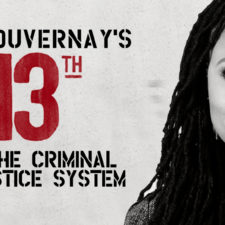
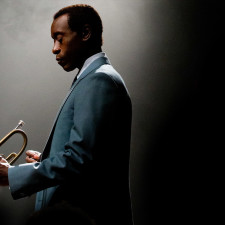


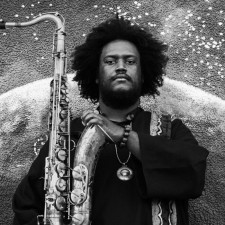
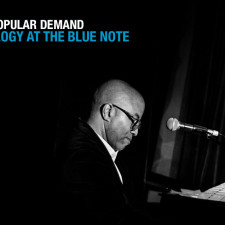

![[Philly EVENT] Screening of Amazing: A Film about Bud Powell](https://musiqology.com/blog/wp-content/uploads/2015/03/bud-powell-225x225.jpg)



